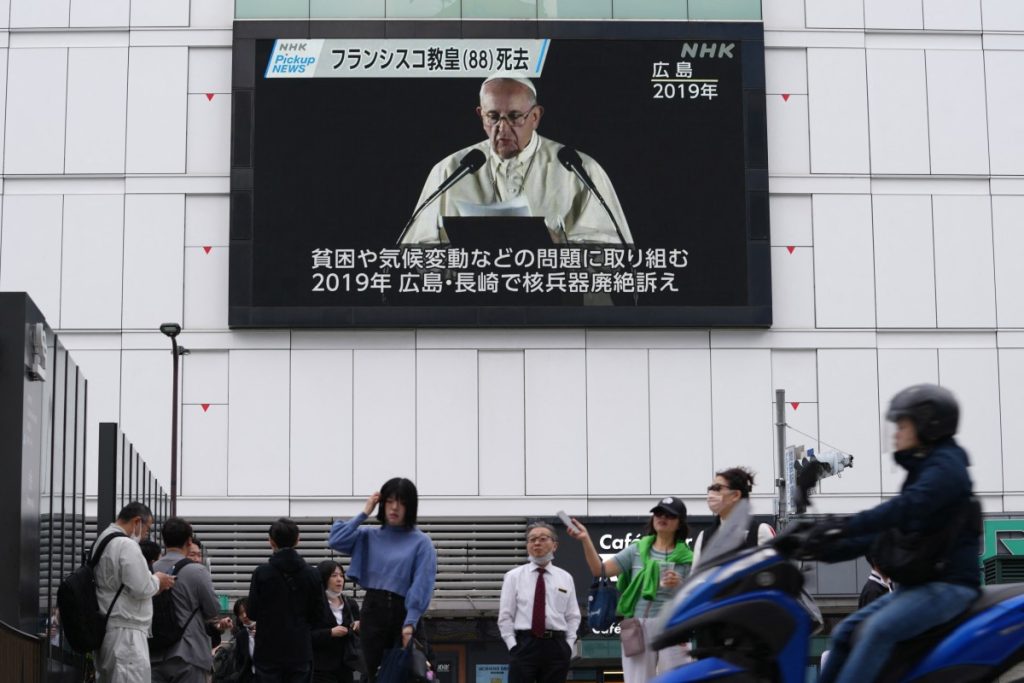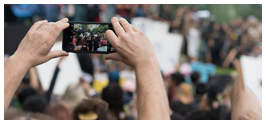The Catholic Church has entered a historic moment of mourning and transition with the passing of Pope Francis, who died peacefully on Monday after 12 years as the Bishop of Rome and global leader of 1.4 billion Catholics.
His death, coming the day after Easter Sunday, sets into motion a series of solemn rituals and centuries-old procedures that will culminate in the election of a new pope.
What happens next after Pope Francis’ death? This is what we know so far.
At the heart of this transition is a conclave—an ancient and secretive gathering of the Church’s cardinal electors—tasked with choosing Francis’s successor.
Out of the current 252 cardinals, 135 are reportedly eligible to vote. Notably, 108 of them were appointed by Pope Francis. Twenty-three come from Asia, signaling the region’s growing influence within the global Church.

A pope passes, rituals begin
Shortly after Pope Francis’s death was confirmed by the camerlengo, the Church entered a period known as sede vacante—the “empty seat.” The camerlengo, a senior Vatican official, called out the pope’s baptismal name, Jorge Mario Bergoglio, three times before officially declaring him deceased.
As tradition dictates, the papal ring and seal were defaced to prevent misuse, and the papal apartments sealed.
The Vatican’s bronze doors were closed, flags lowered, and preparations began for the novemdiales, a nine-day period of mourning dating back to Roman times.
Behind the scenes, practical matters are being handled, such as preparing the Pope’s body for public viewing and the procession through St. Peter’s Square. The Dean of the College of Cardinals, currently Cardinal Giovanni Battista Re, will oversee preparations for the funeral Mass and the conclave.
Mourners lined up for miles to see the body of Pope John Paul II, the last serving pontiff to die, in 2005.
While John Paul II’s funeral drew millions—including world leaders—to Rome, Pope Francis had requested a simpler ceremony. Still, many believe an overwhelming number of faithful will come to honor him.
His body will lie in a plain wooden coffin, and he will be buried—not in the crypts beneath St. Peter’s Basilica like many of his predecessors—but at the Basilica of St. Mary Major, where he often went to pray. This makes him the first pope in over a century to be buried outside the Vatican.
From mourning to mission: Conclave begins
Traditionally, the funeral will be held four to six days after his death in St. Peter’s Square. Then, the Church turns to its next task: the election of a new pope.
At this point, the general mood in the universal Church shifts from great sorrow to intrigue and speculation, and the conclave proceeds with dignity and discretion.
Cardinals from around the world must gather for the conclave in which Francis’s successor is selected.
It begins with general congregations—daily meetings in the Vatican where all cardinals, including those too old to vote (over age 80), meet privately to discuss the needs of the Church and its global role.
For Asia, Cardinal Michael Michai Kitbunchu of Thailand is the oldest, currently 96 years old.
Within 15 to 20 days, the cardinal electors—those under the age of 80—will be locked inside the Sistine Chapel. There, surrounded by Michelangelo’s Last Judgment, they will pray, deliberate, and vote in a series of secret ballots. A two-thirds majority is required to elect the next pope.
Among the 135 electors are 23 from Asia—a region of increasing vitality and faith amid global shifts in Catholic demographics.
India has four voting cardinals, while the Philippines has three, and Japan has two. The remaining Asian electors come from Myanmar, Pakistan, Bangladesh, Thailand, Laos, Sri Lanka, Iraq, Indonesia, Mongolia, Singapore, and East Timor, each represented by one cardinal.
These Asian cardinals come from diverse cultural and ecclesial backgrounds, representing both emerging and historic Catholic communities. Their participation is expected to carry significant weight in the selection of the next pontiff.

Turning point for the Church
The conclave’s first day begins with a special Mass, a procession of the voting-age cardinals into the Sistine Chapel, an oath to maintain secrecy, and then the doors are sealed.
The papal conclave is intentionally shrouded in secrecy—the term itself is Latin for “locked room.”
Each cardinal writes his choice on a ballot. The folded paper is placed on a round plate and slid into an oval silver-gold urn. Once cast, the ballots are opened one by one by three scrutineers, who record and read the names aloud.
Afterward, each cardinal—in order of seniority—walks to the altar and ceremoniously places his folded ballot into a chalice. The votes are then counted, and the result is announced.
If a cardinal receives two-thirds of the vote, he becomes the new pope.
Black smoke indicates no decision; white smoke signals that a new pope has been chosen.
Then, the words Habemus Papam—“We have a pope”—will be proclaimed from the balcony of St. Peter’s Basilica.
The new pope will emerge to greet the world and offer his first blessing. In those few words, he will begin to shape the tone of his papacy and the future path of the Church.
As the world mourns Pope Francis—known for his humility, emphasis on mercy, and concern for the marginalized—the focus now shifts toward discernment, continuity, and new leadership, possibly emerging from the East.
Chainarong Monthienvichienchai is the former president of Unda – International Catholic Association for Radio and Television – and Thailand’s first Knight Grand Cross of the Pontifical Equestrian Order of St. Gregory the Great.







